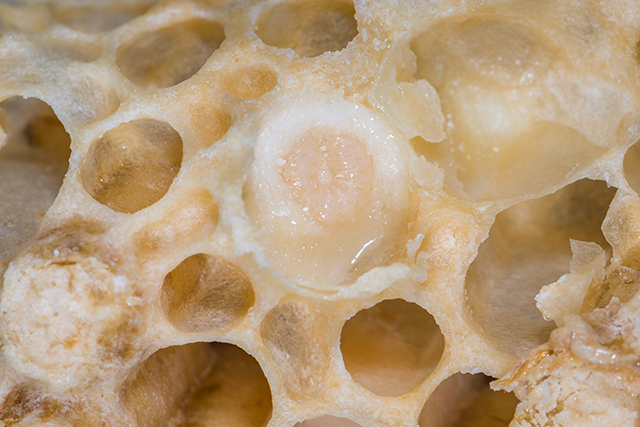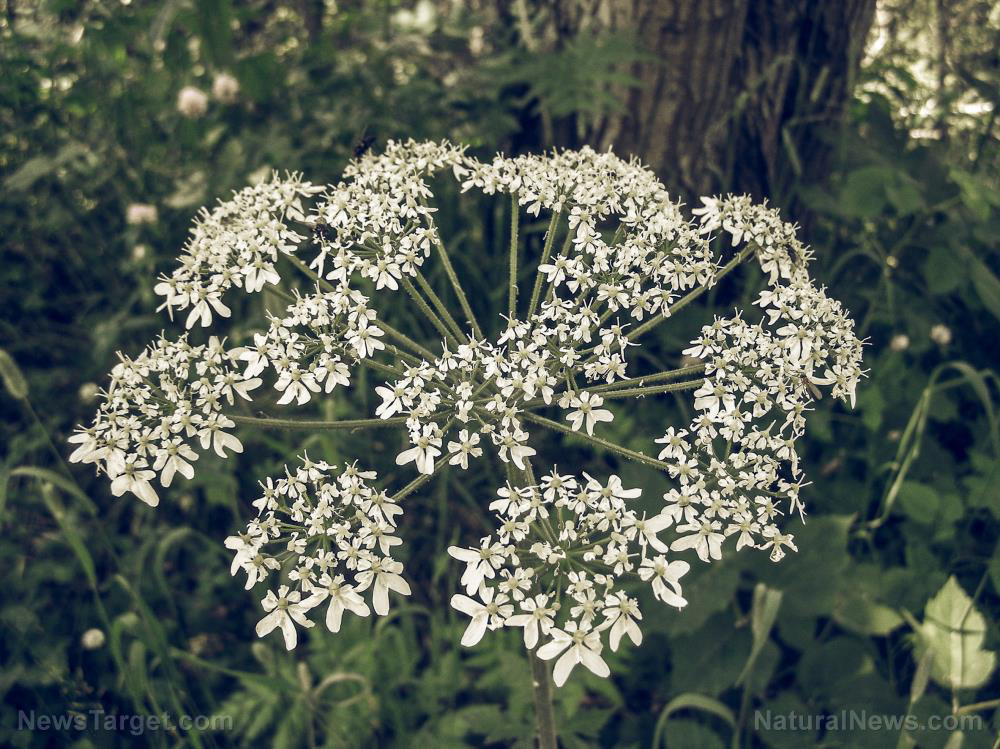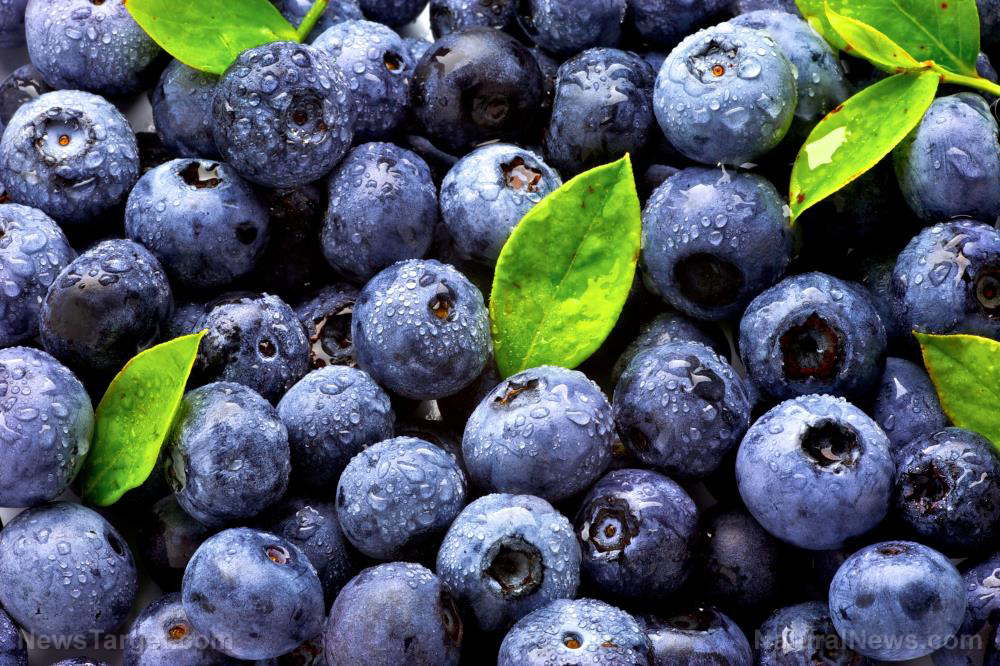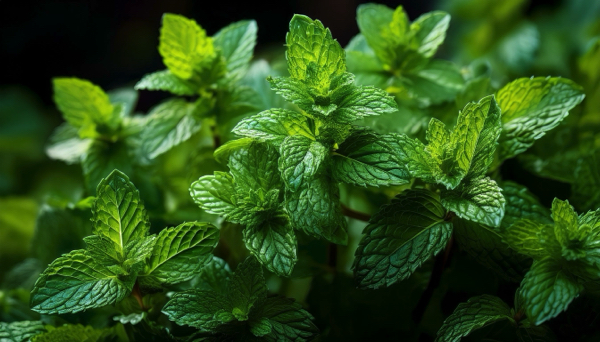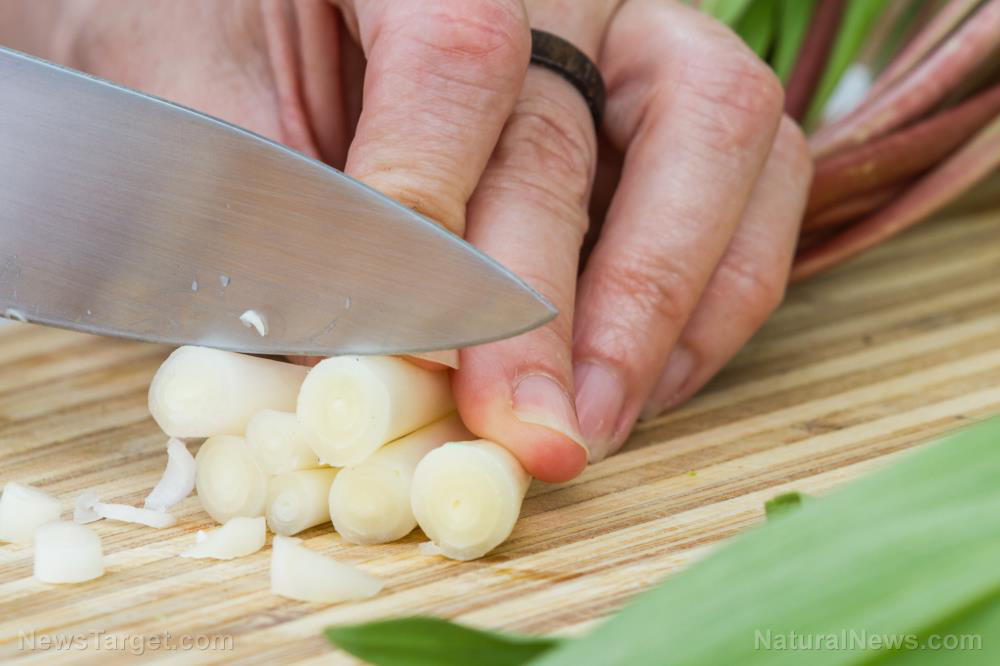Quercetin: What it is and why you need it
05/10/2024 / By News Editors
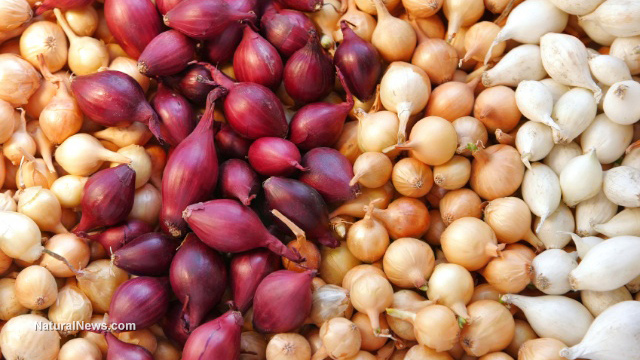
Find out more about quercetin and how this potent antioxidant flavonoid offers significant therapeutic benefits against a wide range of conditions, from diabetes to DNA damage
(Article republished from GreenMedInfo.com)
Flavonoids are one of nature’s many therapeutic gifts. Widely found in fruits and vegetables, these phenolic substances have antioxidant properties that protect cells from free radical damage.[i] One of the most well-known and studied flavonoids is quercetin, a flavonol mostly found in onions, berries, citrus fruits, broccoli and grapes.
A potent antioxidant, quercetin boasts of anti-inflammatory, anti-hypertensive, antiobesity and anti-atherosclerotic actions. Since free radicals figure into the development of diseases, quercetin holds promise for benefitting conditions such as high blood pressure, vascular disorders and metabolic syndrome.[ii] Here is compelling evidence of the health benefits of quercetin.
Potential Anti-Diabetes Aid
The development of Type 2 diabetes has been linked to oxidant stress caused by an unhealthy diet.[iii] Toona sinensis leaves, which are rich in quercetin, may reduce the risk of diabetes by reducing oxidative stress in the liver.
A topical compound containing substances such as quercetin, ascorbyl palmitate and vitamin D3 was formulated to reduce the oxidative stress contributing to peripheral diabetic neuropathy.[iv] A preliminary study in 2005 showed that the compound may safely relieve the symptoms of diabetic neuropathy and enhance quality of life.
Quercetin displayed protective effects in the kidneys and liver of obese animal models with Type 2 diabetes.[v] Together with quinic acid, quercetin also helped ameliorate hyperglycemia, hyperlipidemia and insulin resistance in diabetic rats.[vi]
Protection From DNA Damage
A 2011 study investigated the potential protective effects of quercetin against DNA damage and oxidative stress induced by methylmercury in animal subjects.[vii] For over 45 days, animal models were orally treated with methylmercury and the flavonoid with doses reflecting human exposure. The team then measured DNA damage in liver cells called hepatocytes and peripheral leukocytes (white blood cells).
The results revealed that methylmercury reduced the concentration of glutathione in the body by 17% and caused DNA damage to liver and blood cells. With quercetin, no such effects manifested. “In summary, our results indicate that consumption of quercetin-rich foods may protect mercury-exposed humans against the adverse health effects of the metal,” the researchers wrote.[viii]
What makes this benefit particularly crucial is that the prevention of DNA damage is involved in preventing cancer via dietary compounds. An aqueous horseradish extract and its main flavonoids kaempferol and quercetin, for instance, demonstrated potential for DNA damage protection likely by acting as antimutagens.[ix]
Chemopreventive Properties
Epidemiological studies vouch for the protective effects of phytochemicals against cancer risk. As a ubiquitous flavonoid, quercetin is an ideal candidate to fight cancer due to its antioxidant and antiproliferative actions.[x]
It is known to modulate a plethora of molecules for multitargeted cancer prevention and therapy. Here are examples of quercetin’s chemopreventive abilities:
- Incorporated in liposomes along with resveratrol, quercetin may be valuable in treating inflammation or oxidative stress associated with precancerous or cancerous skin lesions.[xi]
- Quercetin exhibited a preventive effect on liver cancer in animal models.[xii] Hepatocellular carcinoma, the most common form of liver cancer, is on the rise in many countries, with an estimated 905,677 new cases globally in 2020.[xiii]
- Quercetin inhibited tumor growth and enhanced the sensitivity to thermotherapy, indicating a potential treatment option for hepatocellular carcinoma.[xiv]
- The combination of quercetin and ionizing radiation might be a promising therapy for colon cancer treatment through targeting colon cancer stem-like cells and inhibiting the Notch-1 signaling.[xv]
- Quercetin suppressed the metastatic ability of lung cancer, with potential therapeutic applications for metastatic non-small cell lung cancer in particular.[xvi]
Prevention and Treatment of Various Infections
Quercetin may protect against the antibiotic-resistant Streptococcus pneumoniae infection mainly through inhibiting pneumolysin, a pore-forming cytotoxin and a major determinant of virulence.[xvii] Separate findings previously highlighted quercetin’s therapeutic potential in treating sepsis as well.[xviii]
The flavonoid derivative quercetin-3?-O-D-glucoside (Q3G) also showed promising antiviral activity against two distinct species of Ebola, outbreaks of which occur frequently in African countries.[xix]
Hyaluronic acid, chondroitin sulfate, curcumin and quercetin taken together were also effective in preventing recurrent urinary tract infections in postmenopausal women.[xx]
Read more at: GreenMedInfo.com
Submit a correction >>
Tagged Under:
alternative medicine, anticancer, antidiabetes, antioxidants, diabetes cure, disease treatments, DNA damage, flavonoids, food cures, food is medicine, food science, health science, infections, natural cures, natural health, natural medicine, naturopathy, phytonutrients, prevention, quercetin, remedies, Xpost
This article may contain statements that reflect the opinion of the author
RECENT NEWS & ARTICLES
consumerwellness.info is a fact-based public education website published by consumerwellness.info
All content copyright © 2023 by consumerwellness.info
Contact Us with Tips or Corrections
All trademarks, registered trademarks and servicemarks mentioned on this site are the property of their respective owners.




